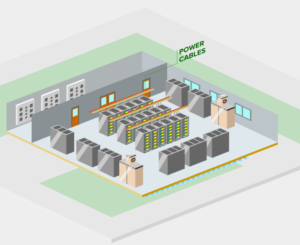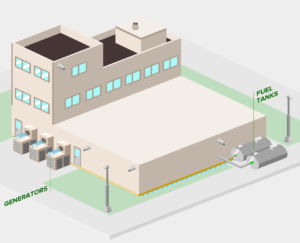Data Center Infrastructure Management

Hello everyone! We are back to give an overview of the concept Data center infrastructure management or DCIM. There’s not a unique definition to this global concept, but we can describe it as any set of tools that help organize and manage the information stored in a data center. DCIM simplifies, automates and manages critical infrastructure in and around the data center in order to optimize efficiency and reduce the downtimes. DCIM systems are becoming indispensable for data center operators to visualize, understand and take right decisions for their center, it makes it easier to check, test, plan or simulate. Through simulations, data center managers can be prepared or even anticipate possible problems. There are several variables that can be monitored in real time to modulate a data center, some examples are the power consumption, temperature, humidity or air flow. All these parameters can affect the performance of the machines and are collected in a centralized checkpoint, this fact group all the devices and facilitates the control. Now we are going to list some features and physical infrastructure that help to manage and optimize the performance of the data center.
- Power & energy Management systems: Monitor these features helps to maximize the date center uptime, power distribution and improve energy performance.
- Generators & fuel tanks: Having power backups is essential for high availability business.
- Access & security: Access control and cameras provides physical security to the building.
- Cable management: It’s important to know the network cable availability to ensure a better planning and optimization.
- Uninterruptible power supply health: It’s necessary to control the racks power to satisfy service level agreements.
- Switch gear: Incorporating these devices provides more general view of power consumption and its quality.
- Cooling units: Control the heat in a data center it’s essential to protect the assets and increase the efficiency.
- Asset management: Identifies the unneeded assets to reduce costs
- Compute utilization: It’s important to monitor the resources usage to maximize the performance.
- Available/Occupied rack space: Know the physical capability helps to plan and scale the data center.
 In further posts, we will show a real solution and software that provide our manufacturers related to the management of the data centers. See you!
In further posts, we will show a real solution and software that provide our manufacturers related to the management of the data centers. See you!
